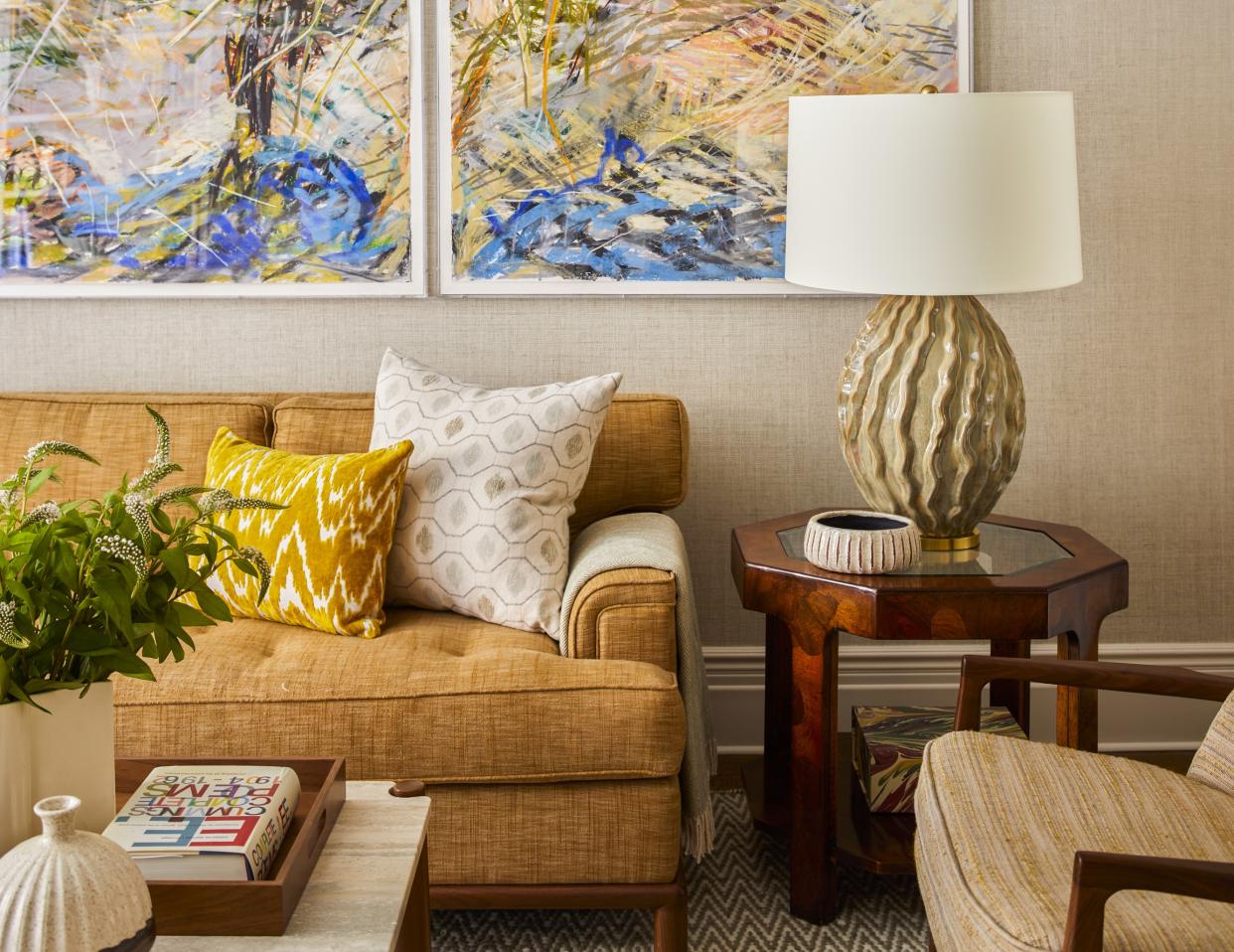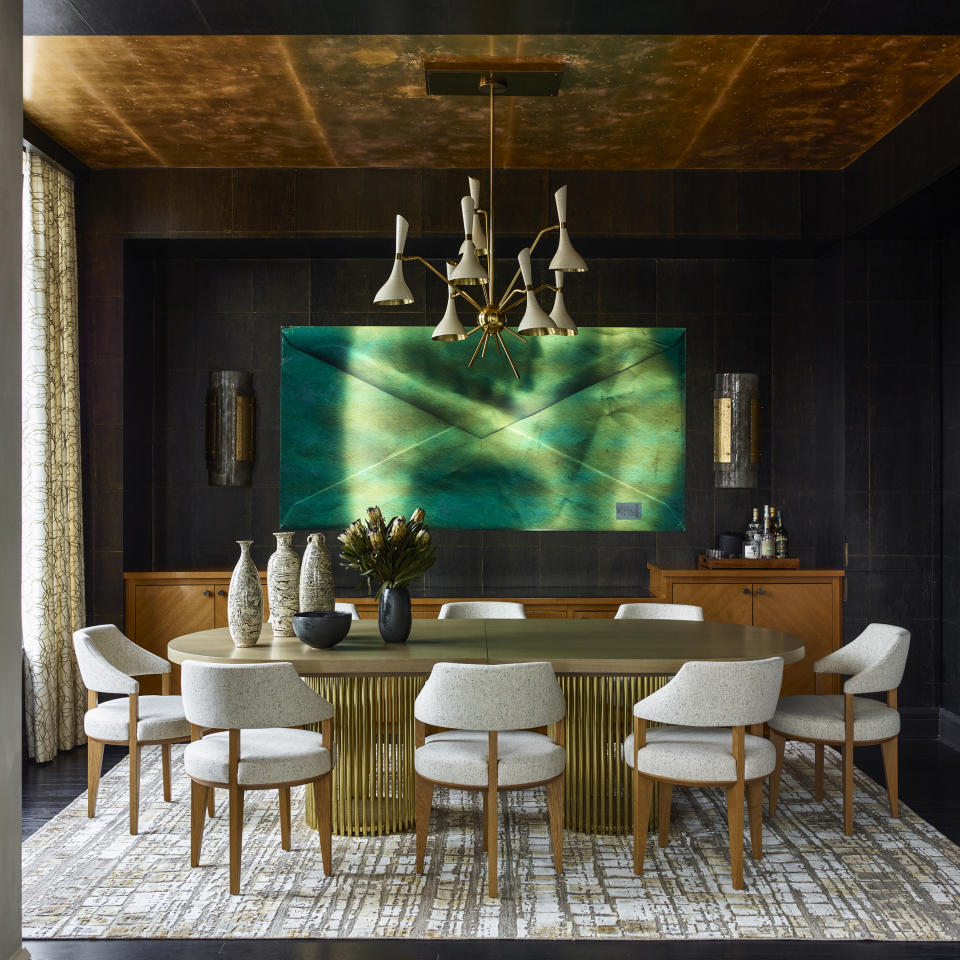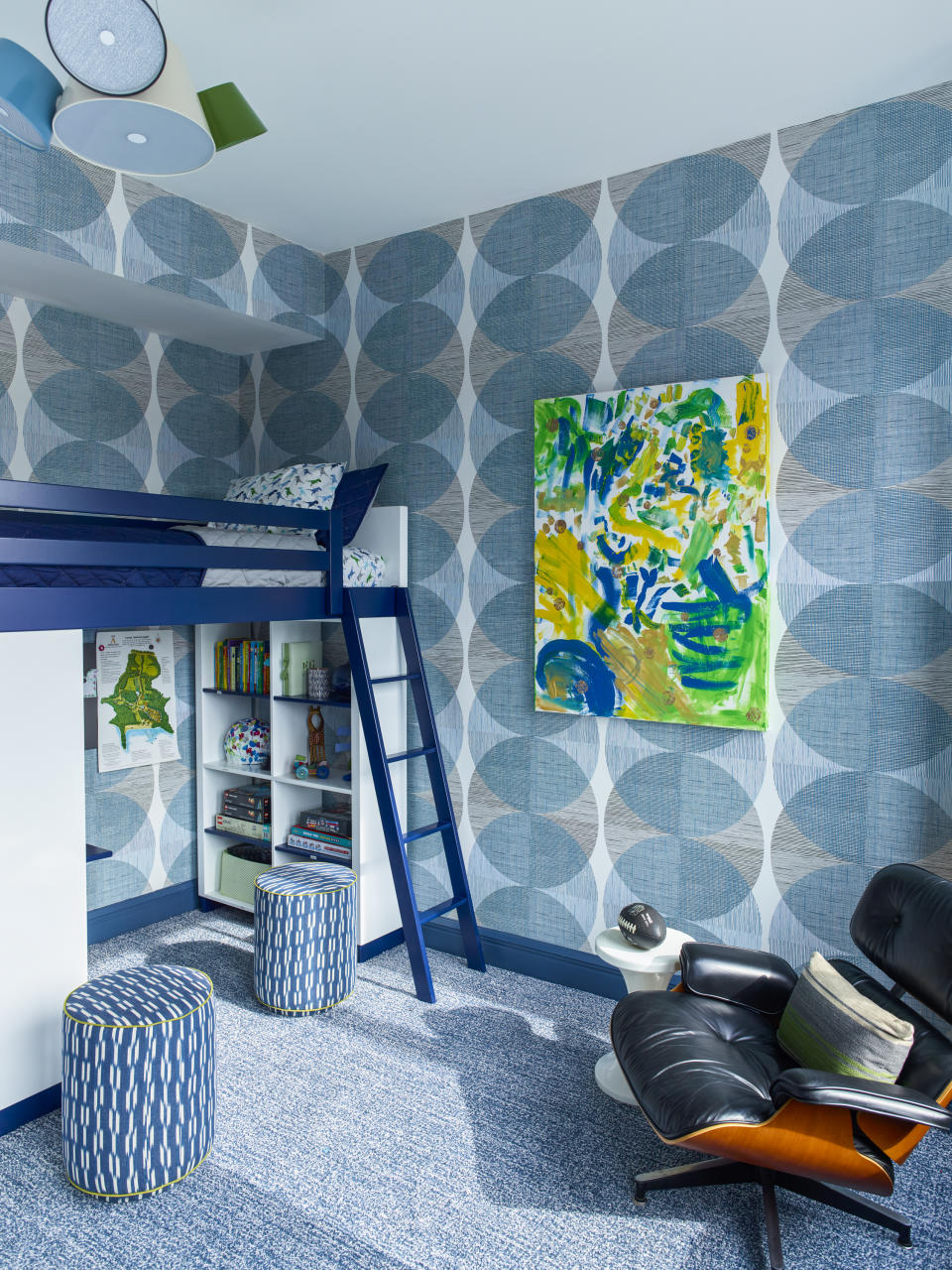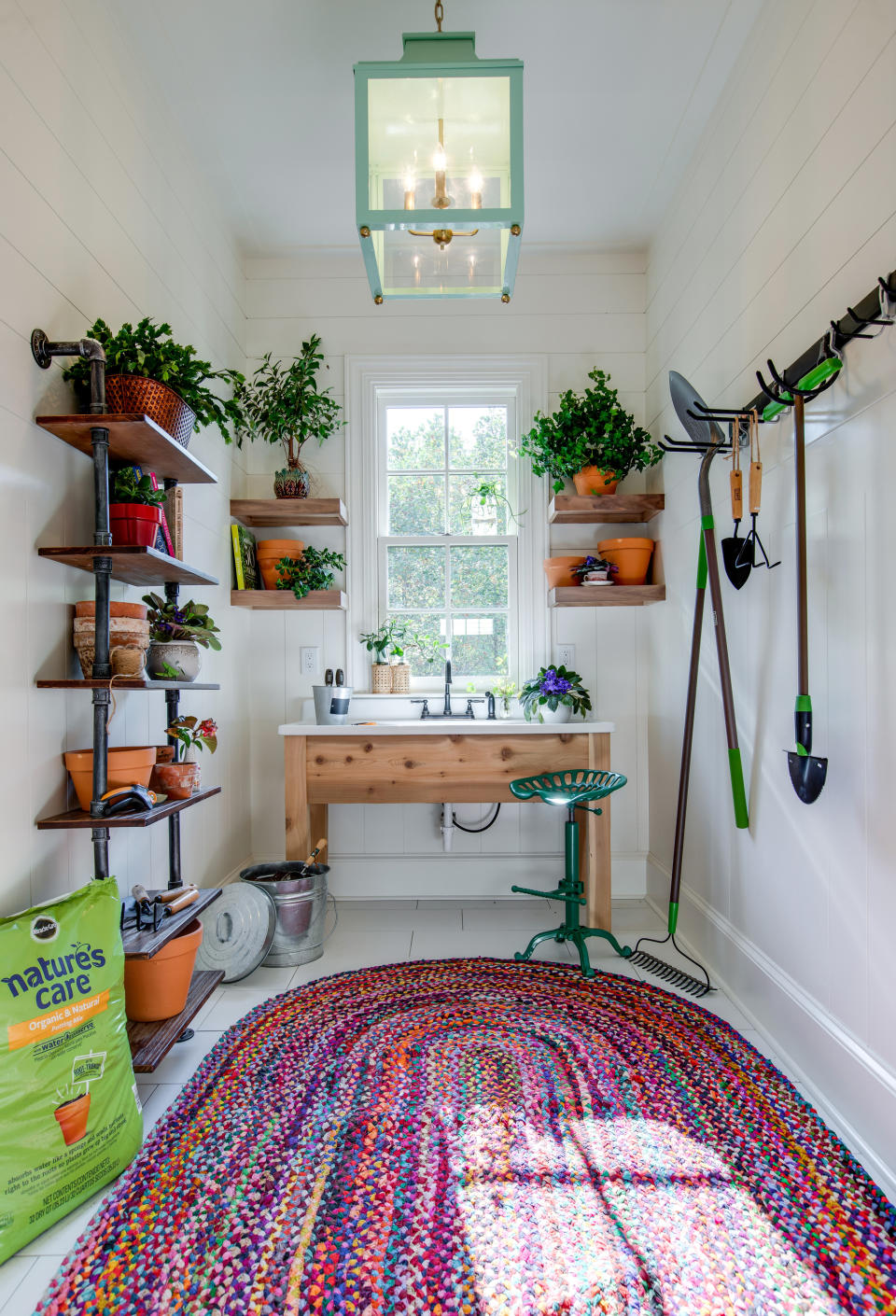Use This Japanese-Inspired Design 'Trend' to Restore Balance and Harmony to Your Home in 2024

This past year has been nothing short of tumultuous. With all the chaos that surrounds us in our busy modern world, it’s become more important than ever that our homes offer a sanctuary to escape to at the end of a stressful day and, as it turns out, there’s a particular approach to interior design built on just that. It’s all about restoring balance and harmony in our home so it feeds our soul and offers us the respite we need, and designers predict it could be precisely what’s needed as we head into 2024.
This Japanese-inspired idea is known as Ikigai, and it can have really useful applications when it comes to interior design. The philosophy, which has long existed in Japanese culture, centers around finding meaning and authenticity in everything and, when applied to the context of our homes, it’s about creating spaces that promote our well-being on every level.
To find out more about how the concept manifests in our interiors we spoke with Gideon Mendelson, Founder & Creative Director at Mendelson Group, to learn why he believes the interior design 'trend' should be embraced by anyone looking to curate a restorative space that helps you live your life the way you want to.
What is ikigai?

The true meaning of ikigai will be different depending on the person, but the general concept is all about promoting well-being in everyday life. ‘Ikigai is a Japanese philosophy tied to finding meaning or purpose in life,’ explains Gideon Mendelson of Mendelson Group. ‘To put it more simply, a reason for being.’ Inside our homes, that’s all about making your home feel calm so you're content, which underpins the exact appeal of ‘home’.
What are the 4 principles of ikigai?

Japandi style might be the only Japanese-influenced design you're familiar with, but ikigai is more of a holistic design idea. It centers around four different rules or principles. ‘The four concepts of ikigai are what you love, what you're good at, what you can be paid for, and what the world needs,’ explains Gideon. ‘ It's about finding a balance between these four ideas.’ These four ideas are important in understanding how the overall concept can influence our design decisions, helping to redirect our relationship with our homes.
How does ikigai relate to interior design?

‘Ikigai is often tied to finding a career or purpose in life, but it can certainly translate to interior design as well,’ says Gideon. ‘This can be anything from creating a living space that aligns with your values, aesthetic preferences, and lifestyle. For instance, choosing vintage pieces that make you happy or incorporating furniture that has a meaningful story tied to it - even if they don't fit what's "trending." It's not about chasing a certain style or aesthetic, but about curating a home that feels authentic to you.’
As Gideon explains, by considering the four principles of ikigai in your design - be that through cultivating designated spaces to practice our hobbies or choosing styles, colors, and materials that represent what you love - your home will become a place that feeds your soul and gives you a sense of purpose. Rather than being a space that moves with ephemeral trends and caters to the world’s preferences, it becomes a space that represents everything you love, enjoy, and live for.
So, what is ikigai likely to 'look' like? During our next circle around the sun, Gideon predicts our homes will become even more personal through this philosophy by incorporating the likes of vintage heirlooms and weathered finishes. ‘Decorating with meaningful pieces is not about chasing an aesthetic but curating spaces that resonate with authenticity and personal stories,’ he notes. ‘It's about understanding the individual; the true essence of this “trend” lies in the subtleties, the cherished heirlooms, and the intimate connection between a space and its inhabitant.’
He thinks rustic decor with its unique patina works in similar ways. “I also expect weathered or aged finishes or distressed surfaces to be even more integrated into design programs,’ Gideon goes on to explain. ‘To me, these small imperfections are what make a space personal and can set apart a home from a staged house.’
Finally, flexible living rooms are also a key way ikigai is likely to manifest as we apply it to our spaces. ‘One of the most important questions I like to ask my clients before starting a project is: how do they want to live? To me, design makes room for living and doing,’ Gideon says. It shapes movement, inspires interactions, can increase productivity, and even relieve stress. It’s not just about how it looks; it’s about how you want to live. With this in mind, I expect flexible spaces to continue to rise to allow people to adapt their environment to their needs and unique interests.’
Why is ikigai so relevant for 2024?
With its fair share of politcal turmoil, ecological disasters, and economical concern for many, 2023 only strengthened our need for homes to represent a place of solace. ‘We're also finding more and more that people want to have more fun with their homes, so I think the idea of authenticity in design will continue well into 2024,’ says Gideon.

'Ikigai' Book
Price: $13.29
Format: Hardback

'Wellbeing in Interiors', Book
Price: $48.95
Format: Paperback

'Japanese Design Since 1945', Book
Price: $45.39
Format: Paperback